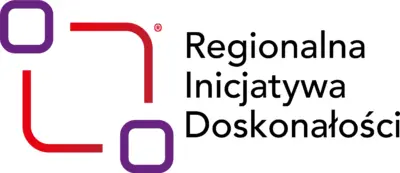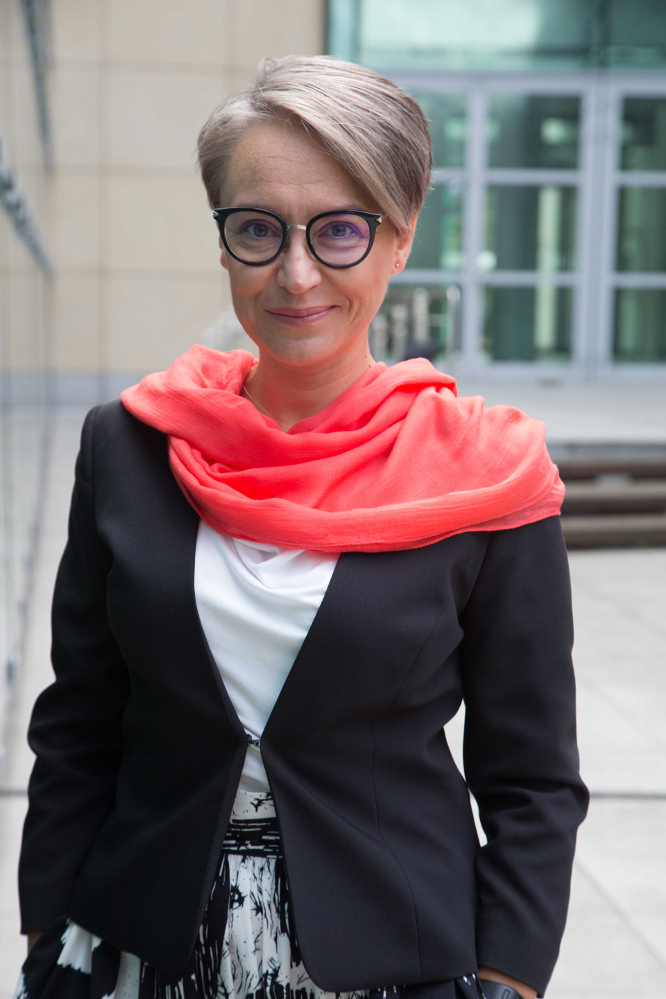Principal Investigator: prof. dr hab. Adam Zaremba
General description:
Can Machines Help us Understand the Market?
“Predicting the future isn’t magic, it’s artificial intelligence.”
~ Dave Waters
The stock market history had come full circle: from when we knew...
General description:
Can Machines Help us Understand the Market?
“Predicting the future isn’t magic, it’s artificial intelligence.”
~ Dave Waters
The stock market history had come full circle: from when we knew too little to make wise investment decisions to when we know too much. It has been nearly seven decades since William Sharpe, John Lintner, and Jan Mossin offered the capital asset pricing model (CAPM). A simple and elegant model seemed to explain what drives the returns in the market very well. According to the CAPM, only one variable predicted future returns: the risk. The higher the risk, the higher the returns. That’s it—one variable to rule them all.
But then, the theory started to crack. Suddenly, it came to light that other predictors seemed to be working well. In the 1970s, we discovered valuation ratios. Then, 1980 brought with it both firm size and long-run returns. In the 1990s, we uncovered momentum. After that, the research exploded. As of now, the researchers have literally discovered hundreds of different return predictors. This “factor zoo;” as it was christened by John Cochrane, the president of the American Finance Association; has not only made CAPM out-of-date, it also raised a preponderance of entirely new questions. Which of these predictors really work? How many of them are real? Which of them captures the same phenomena? Do they interact with each other? Do they survive the test of time? And, finally, how should we find our way in this mess?
Alas, the traditional research tools used in finance have not been well-posed to answer these burning questions. They do not cope well with such vast amounts of data. The finance profession needed new tools to face its new reality. And so, here came the machines.
The recent merger between traditional asset pricing research and developments in machine learning brought with it a breakthrough. Indeed, machine learning models have several unique features that have attracted the academic community’s attention. First, they can simultaneously crunch vast amounts of big data and numerous predictors. Second, they can tell apart the variables that matter
from those that are irrelevant. Third, they can identify how different variables interact with each other. Fourth, they can capture various nonlinear dependencies in returns. In short, machine learning is poised to revolutionize asset pricing research over the coming years.
The initial evidence is very promising. The studies from both the U.S. and China demonstrate that machine learning models, such as regression trees or neural networks, can effectively explain and predict stock returns. They can work with accuracy that has been hardly seen before. Most importantly, they can simultaneously handle, select, or even discover hundreds of predictors. In short,
they can crunch decades of asset pricing research in mere minutes.
Nevertheless, machine learning algorithms working in individual markets still do not unleash their ultimate power: to digest vast amounts of data. Therefore, this study will combine machine learning research with broad international datasets in order to gain novel insights into asset pricing. Machine learning will go fully global. We want to see what new lessons we can learn from applying machine
learning to broad international data.
This study will explore various questions that could not be answered without the recent development in machine learning combined with big international data. What drives the return predictability around the world? Does information from one asset class help predict returns in other asset classes? Can we predict comovement between countries and asset classes? These are just a few questions we will attempt to answer.
Let us see whether machines can help us understand the markets better.






























